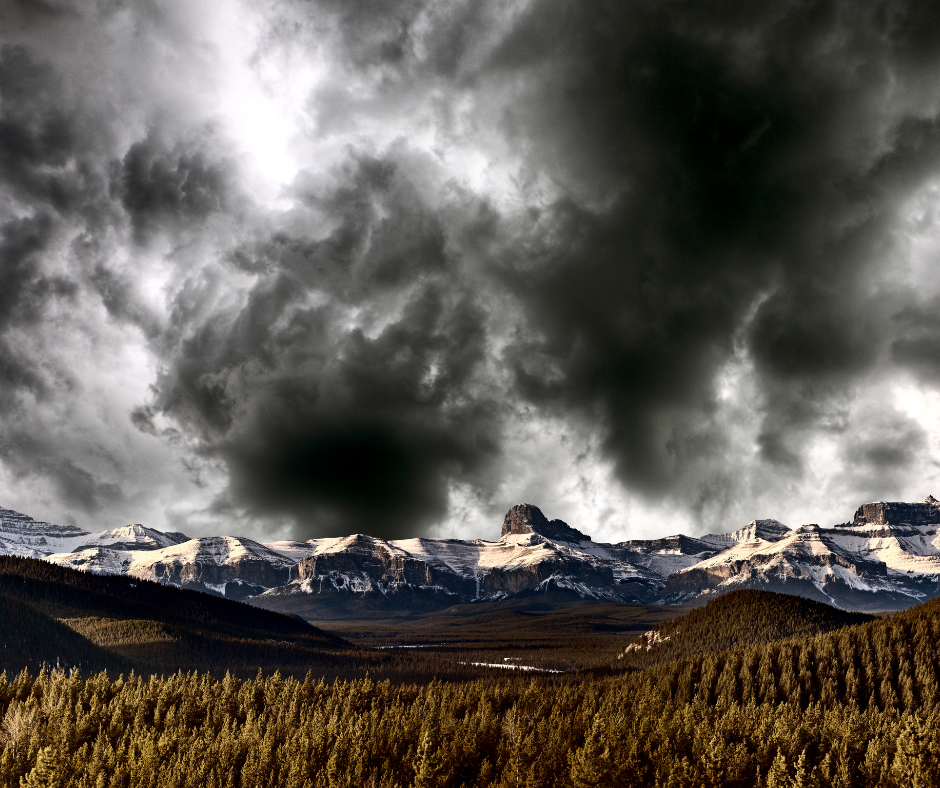The weather can change quickly in the Idaho mountains during the spring and summer months. Following are some quick reminders when recreating during storming conditions in the Sawtooths.
Hiking
Always check the forecast before you head out. There may not be a cloud in the sky in this beautiful area however, large thunder clouds can roll through the area without much notice.
If you see a storm approaching head to a lower elevation as quickly as possible. Even if the sky is blue and you hear thunder, get off of the mountain.
Seek shelter in a fully enclosed building or an automobile. Stay in a sheltered area until 30 minutes after the last sound of thunder.
If you are unable to find suitable shelter, look for a low, dry area in the terrain. Do not enter rocky shelters. Overhangs and caves can be dangerous places for electrical storms. Avoid isolated trees or other tall objects. If you have any metal- especially the frame on your pack and hiking poles- make sure they are at least 100 feet from you. Large groups of people should shelter 100 feet apart.
Crouch on the ground with your weight on the balls of your feet. Keep your feet together with your head lowered and ears covered. Never lie flat on the ground.
Boating
If you are unable to get to land during a storm, put on your life jacket and try to at least get to a protected area out of the wind and drop anchor. Remove all jewelry and stay away from metal and electrical objects. Disconnect power leads to fishing equipment and remove fishing rods from their holders. If your boat has a cabin, go there.
Horseback, ATV, and motorcycle riding
Many of the same tips for hikers apply. Dismount from your horse or recreation vehicle and move toward cover. Stay away from metal and tall objects. Rubber tires on ATVs and motorcycles do not protect against lightning strikes.
Camping
Tent camping can become an intense situation during an electrical storm. Make sure your tent isn’t the highest object around. Do not stay in the tent if the poles and stakes are of any type of metal. The same goes if you have your tent situated near a tall tree. If you are able, get into your car that is safely away from trees or a building if possible.
Calculating distance
Count the seconds between the flash of lightning and the sound of thunder. Divide this number by 5. This will give you an estimate in miles. If the distance is 6 miles or less, you’re in the strike zone. The same applies if you can count to 30 before the next flash of lightning- take cover!
More info
For more information about lightning safety please visit lightning | National Oceanic and Atmospheric Administration




